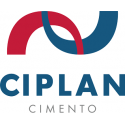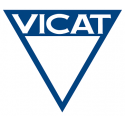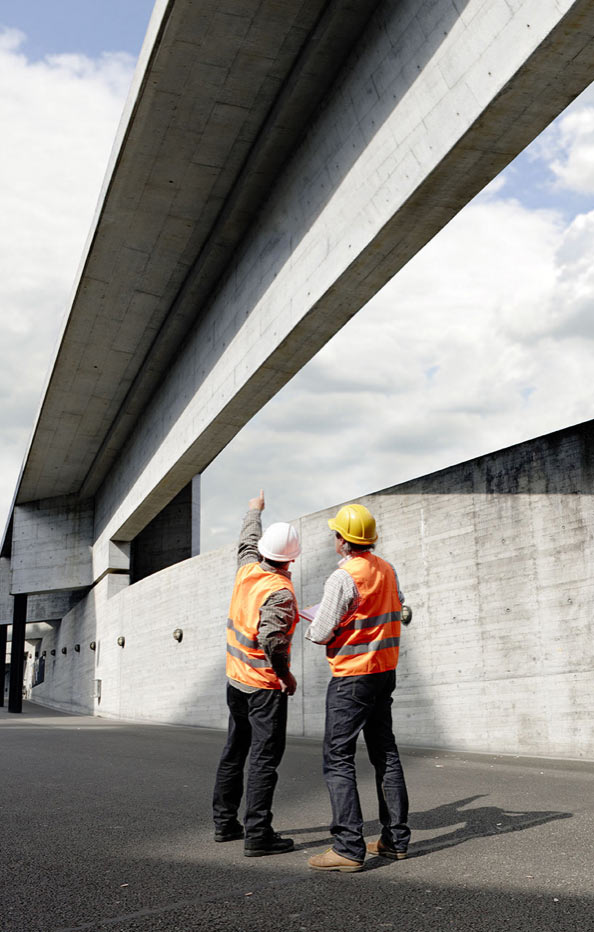Aggregate
Aggregate can be natural (sand and gravel) or recycled
Used mostly for surfacing roads, aggregate is also indispensable for making concrete. Today Vicat produces and markets more than 24 million tons of aggregate every year.

Vicat's aggregate expertise
Our different kinds of aggregate:
There are several kinds of aggregate, differing in terms of their chemical and physical composition, especially their grading and hardness.
The range of Vicat aggregate available depends on:
- the geological nature of the materials extracted (alluvium or rock)
- the type of processing (if any): river or crusher gravel and sand. The aggregate is then used in a variety of ways.
Did you know?
Every year, you 'consume' 6 tons of aggregate on average!
This is because aggregate is the raw material used throughout your everyday environment:
- 1 ton of aggregate for a sandbox
- 300 tons for a house
- 1,000 tons for a cycle track
- 30,000 tons for 1 km of freeway
- 30,000 tons for 1 km of high-speed railroad,
- 60,000 tons for a high school
- 100,000 tons of aggregate for a hospital
- a few grams for a tube of toothpaste
Locations
Our facilities
- Brazil
- France
- India
- Senegal
- Switzerland
- Turkey
Production of aggregate
The 6 main steps
Step 1: Extraction
Aggregate can be extracted in different ways:
- by front-end loader if above water,
- by bucket-ladder excavator or dredge connected to land by floating conveyor belt if under water,
- by explosive blasting of rock (each blast produces a large volume of fragmented rock).
Step 2: Transfer of the material to processing facilities The material can be transferred:
- by conveyor belt, to reduce handling
- by quarry hauler or large trucks
- by barge
Step 3: Processing Aggregate is processed in a number of operations:
- crushing to obtain smaller sizes
- screening to sort the aggregate into different size categories. Each screen retains only aggregate larger than a certain size. With a succession of screens, the aggregate is divided into different gradings.
- washing, for certain applications requiring very clean aggregate
Step 4: Storage Alluvial material is stored in stockpiles, hoppers, or silos. It all complies with clearly defined criteria and is divided into different categories:
- sands of different grades
- gravel sorted by size
- riprap
Step 5: Weighing All loads of materials leaving the quarry are weighed by means of weighbridges.
Step 6: Delivery Deliveries are made by the means most appropriate for the itinerary: by truck, barge, or train. If there is a concrete batching plant or asphalt mixing plant at the quarry site, the materials may be processed in situ.
Source of Vicat aggregate:
Aggregate won from quarries may be of two kinds, depending on the local geology:
- Alluvial quarry: the aggregate won from alluvial quarries is the material deposited by rivers or glaciers. It can be excavated above the waterline, in benches 5 to 8 meters high, or it can be dredged in water. Alluvial aggregate requires less crushing but still needs to be screened to obtain the gradings required.
- Rock quarry: the aggregate won from rock quarries is broken out by blasting, then crushed, screened, and sometimes washed. This kind of aggregate is mostly intended for earthworks, manufacture of asphalt or concrete blocks, but, increasingly, it is also used to make concrete for other purposes. In addition, recycling of waste materials in construction (concrete from demolition work) and civil works (old asphalt from roads) is producing an important source of raw materials.
Comprehensive quarry expertise
The Vicat group masters all the skills required for operating quarries: geological prospecting, property negotiation, filing and following up approval requests and impact studies, quarrying itself, crushing and screening materials, commercial activities, and delivery to customers.
Our environmental strategy
Intent on safeguarding the environment, we minimize disturbance during and after the economic lifetime of quarries:
- effective water-treatment plants to prevent discharging dirty process water
- use of enclosures to limit dust and noise emissions
"Portrait(s) d'ici", an immersion in the world of the Vicat group
Over the years, Vicat has developed real expertise in the production and extraction of aggregates used in a wide range of projects.
Quarrying represents a temporary modification of the natural environment. This is why Vicat, as a local player in land development, makes it a point of honour to redevelop the area during and after quarrying. The quarries in the Drôme-Ardèche region are no exception to this rule, as redevelopment projects have turned them into true refuges for flora and fauna, as shown in the video you can watch here.






















